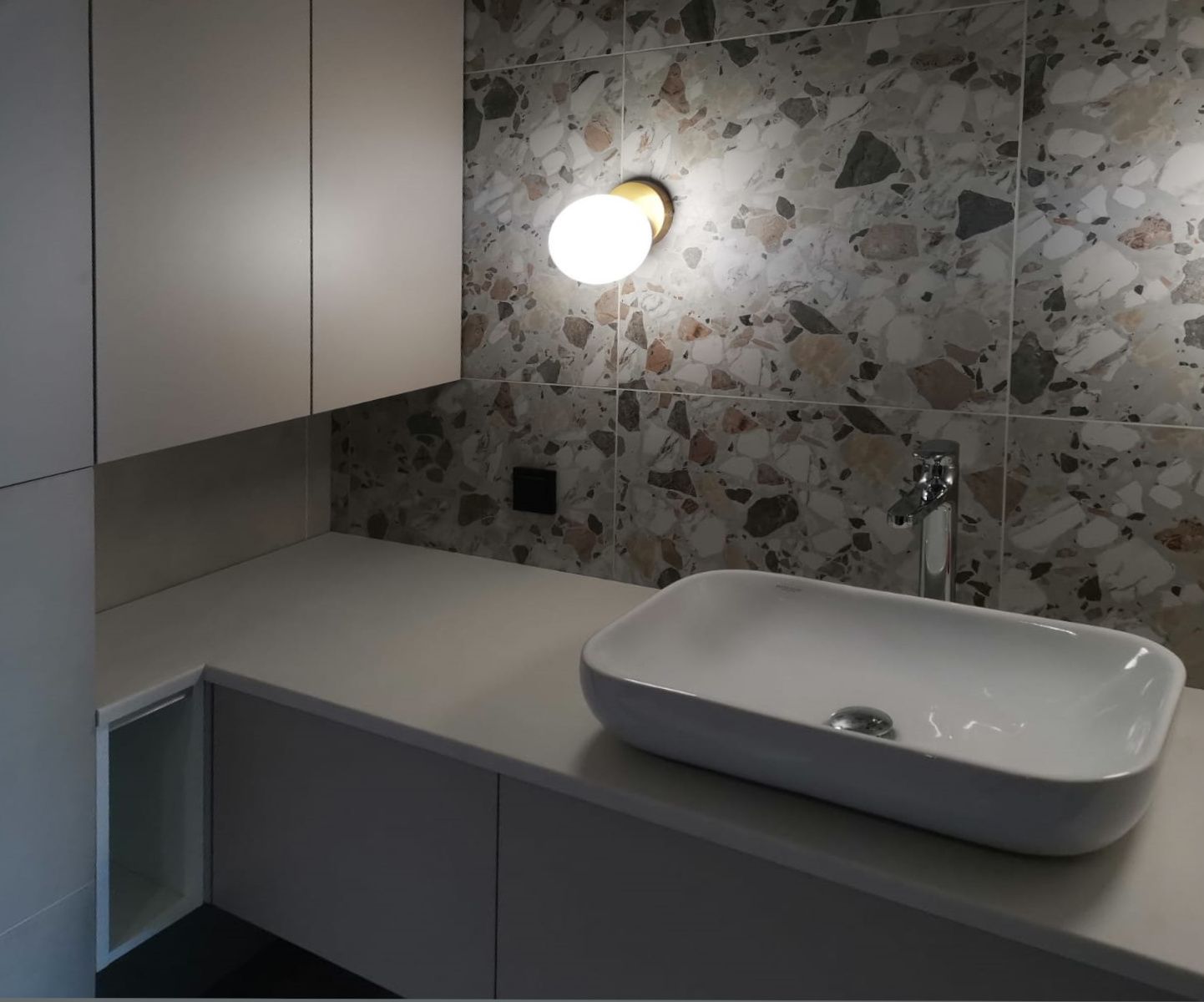
Culinary Spaces Redefined
The Evolution of Kitchen Design
The heart of the home has undergone a transformation in recent years, with the evolution of kitchen design reflecting changes in how we live and entertain. Gone are the days when the kitchen was merely a place for meal preparation, hidden away from guests and the rest of the home's activities. Modern culinary spaces are becoming more open, inviting, and multifunctional, blending seamlessly with living and dining areas to create an integrated and social environment.
Incorporating Technology
Technology has revolutionized the culinary space by introducing smart appliances and innovative materials. Refrigerators that can help inventory contents and suggest recipes, ovens that can be preheated remotely via smartphone, and faucets that activate with a simple touch or gesture are just some examples of how convenience is being prioritized. Advanced materials for countertops and surfaces are making maintenance easier and improving hygiene, while also offering a wide array of aesthetic possibilities.
Sustainable Practices
As environmental awareness increases, kitchens are adopting sustainable practices. Recycled materials, energy-efficient appliances, composting systems, and indoor herb gardens are becoming common features. This not only benefits the planet but also helps households reduce waste and lead healthier lifestyles.
Social Cooking Experiences
The redefined culinary space encourages socialization. Open layouts with islands or peninsulas function as hubs for guests to gather, socialize, and even participate in the cooking process. This democratization of the kitchen space supports a trend towards entertainment cooking, where preparing food becomes a shared and interactive experience.
Flexibility and Adaptability
With the rise of smaller urban homes and the need for maximizing space, kitchens are designed to be flexible and adaptable. Movable components, hidden storage solutions, and convertible furniture allow for the kitchen to easily transition from a cooking space to a work or social area. This adaptability is essential in modern homes where space is at a premium.
The Aesthetic of Culinary Spaces
The aesthetic of culinary spaces is also shifting. There's a move away from the sterile, all-white kitchen toward using bolder colors, mixed textures, and personalized touches. These elements reflect individual style and create a warm, inviting atmosphere. It's no longer just about function; the kitchen is also a form of self-expression and artistry.
Conclusion: The Future of Culinary Spaces
The future of culinary spaces is undoubtedly one of continued innovation and personalization. As technology advances and our approach to living spaces evolves, the kitchen will remain a focal point of home design. It will continue to be redefined by our need for connectivity, adaptability, and sustainability, ensuring that it remains the heart of the home for generations to come.